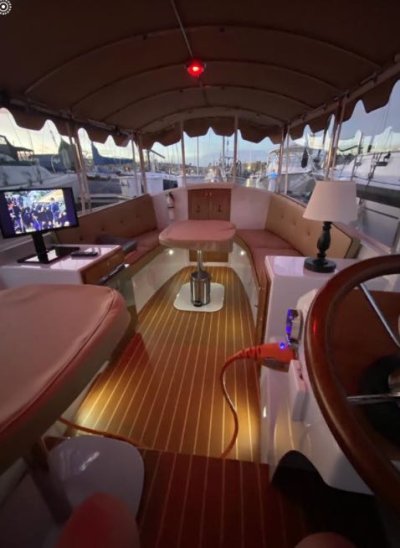O C Diver
Guru
- Joined
- Dec 16, 2010
- Messages
- 13,317
- Location
- Fort Myers, Florida
- Vessel Name
- End Of The Line
- Vessel Make
- Trinka 10 Dinghy
While you never know what the real story is, here is my take. What we know for certain is two 30 amp shore power cords were connected through a Y connector to 50 amp service. We also know the Smart Plug cooked off. Beyond that we don't know if the plug had water in it (or was staged). We don't know if the power on that circuit was off, running the reverse cycle air conditioning and or more stuff equal to or slightly more than 30 amps. We also don't know the quality of his installation of the Smart Plug. I could see a terminal not being tight enough, causing arching and the melt down. I also find it troubling that for all the detail and BS in the video, there was no close video examination of the cord terminals and no examination of the Smart Plug receptacle on the inside of the boat.
Probably none of this matters as the video is probably leverage to get replacement components from the manufacturer.
I know, I'm being cynical.
Ted
Probably none of this matters as the video is probably leverage to get replacement components from the manufacturer.
I know, I'm being cynical.
Ted



